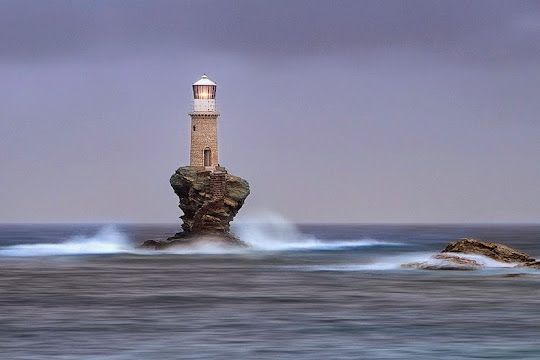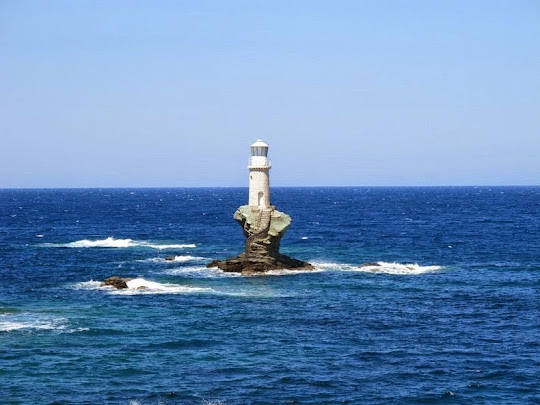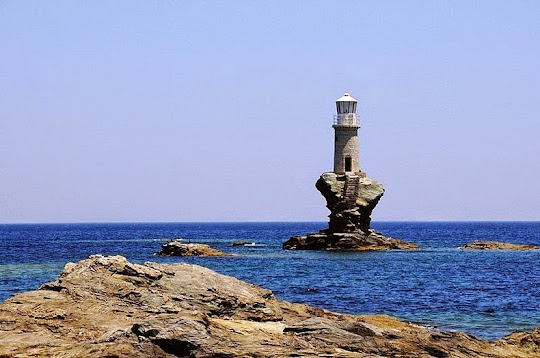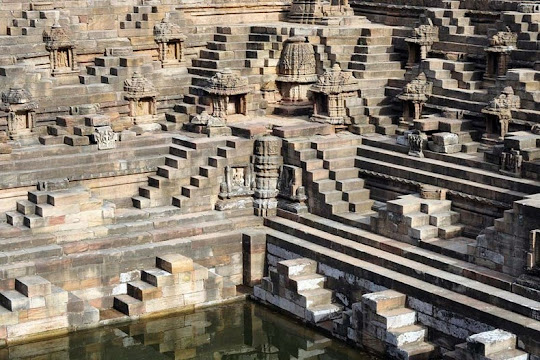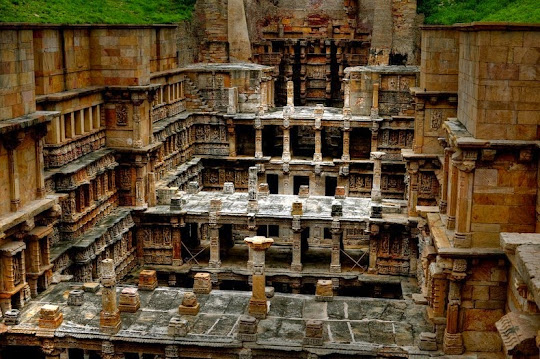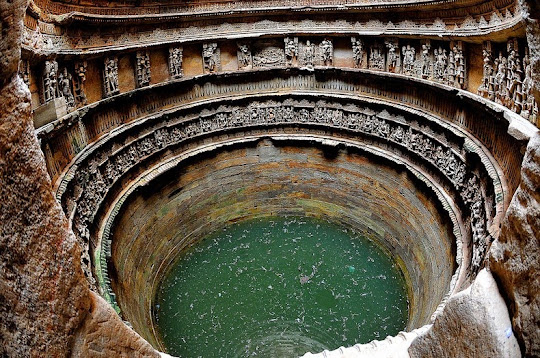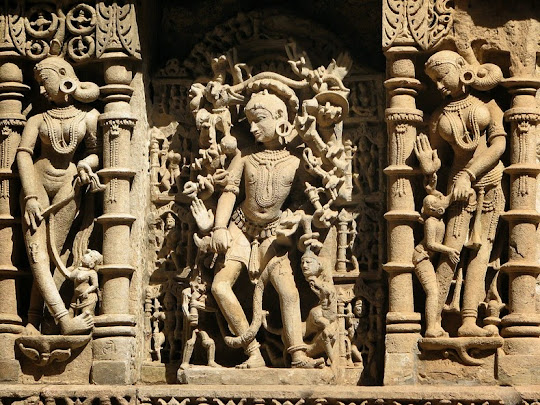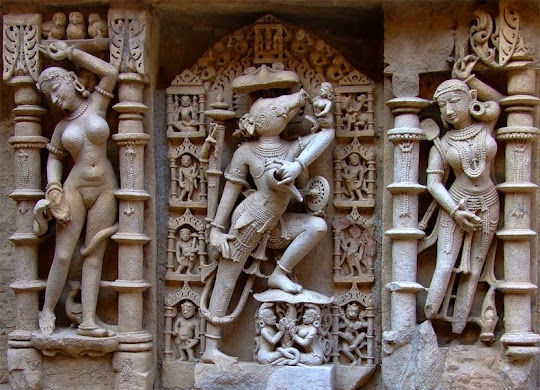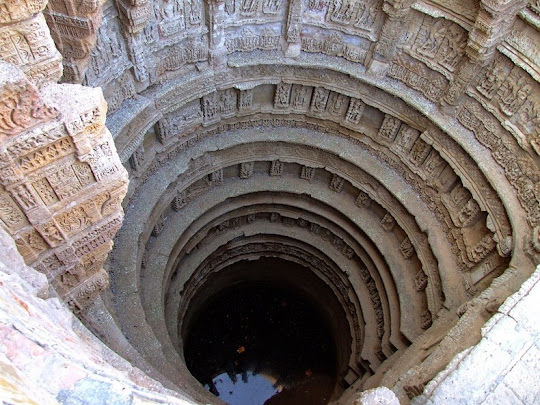The village of Kinderdijk is located in the Netherlands, about 15 km east of Rotterdam. Kinderdijk is situated in a region called the Alblasserwaard that lies below sea-level. Called polders, these regions are often land reclaimed from a body of water, such as a lake or marshes. After the water is drained out of the water bodies, the ground level subsides over time and eventually all polders sink below the surrounding water level. Water then enters the low-lying polder through water pressure of ground water, or rainfall, which has to be regularly pumped out or drained by opening sluices at low tide. In Kinderdijk, most of the water originates from the rivers Lek and Noord, at the confluence of which the village is located.
To drain the polder, a system of 19 windmills was built between 1738 and 1740. Their purpose was to pump the excess water into a reservoir until the level of the river had fallen enough to pump the water back into river Lek. This group of mills represents the largest concentration of old windmills in the Netherlands, and is today a popular tourist site. They have been a UNESCO World Heritage Site since 1997.
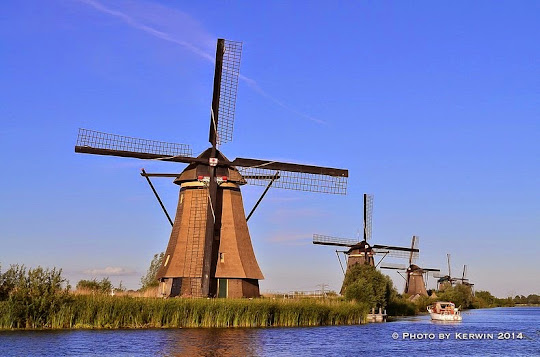
In Alblasserwaard, problems with water became more and more apparent in the 13th century. Initially, large canals, called "weteringen", were dug to get rid of the excess water in the polders. However, the drained soil started setting, while the level of the river rose due to the river's sand deposits. After a few centuries, an additional way to keep the polders dry was required. It was then the decision to build a series of windmills was taken. At one time there were more than 150 windmills in the Alblasserwaard and Vijfheerenlanden area. This dropped to 78 in the 1870s, but today the total is only 28, of which 19 are in the Kinderdijk area.
Although the windmills have been replaced by more efficient diesel pumps, they are still maintained in operating condition because they function as fall-back mills in case of failure of the modern equipment. The windmills were used for the last time during the second World War, when the mechanical pumps could not be used any more due to fuel shortages.
During the summer months, the mills are put back in operation again for the sake of the tourists. In one of the windmills a small museum is established with an exhibition about how miller-families lived.
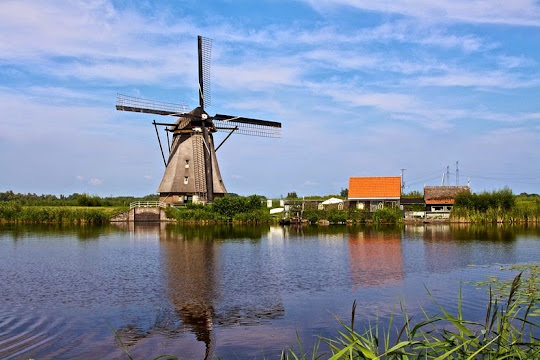
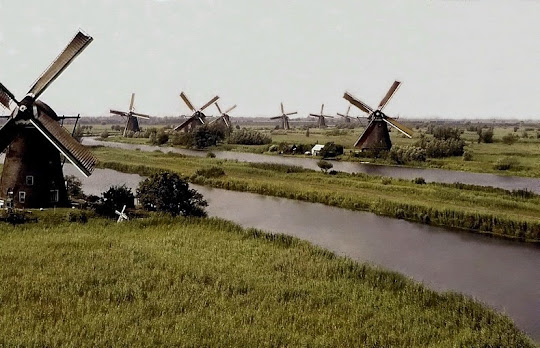
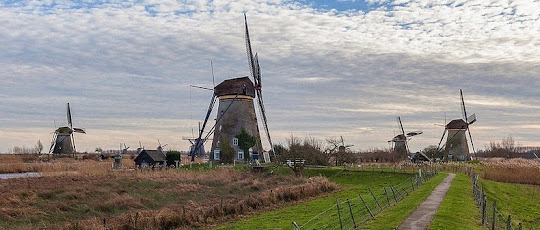
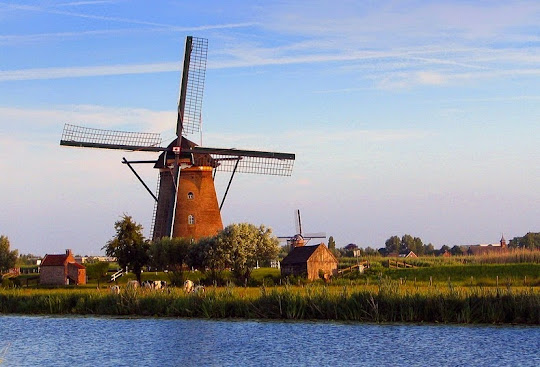
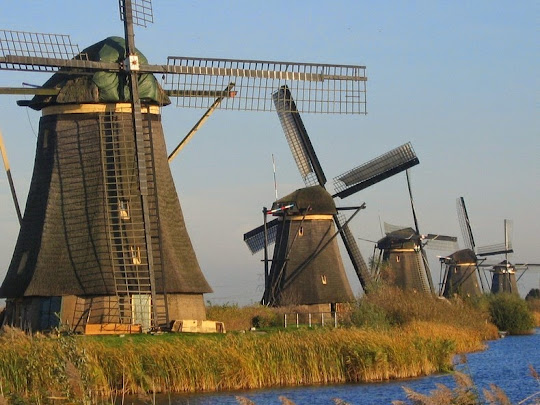
Source
READ MORE»
To drain the polder, a system of 19 windmills was built between 1738 and 1740. Their purpose was to pump the excess water into a reservoir until the level of the river had fallen enough to pump the water back into river Lek. This group of mills represents the largest concentration of old windmills in the Netherlands, and is today a popular tourist site. They have been a UNESCO World Heritage Site since 1997.

In Alblasserwaard, problems with water became more and more apparent in the 13th century. Initially, large canals, called "weteringen", were dug to get rid of the excess water in the polders. However, the drained soil started setting, while the level of the river rose due to the river's sand deposits. After a few centuries, an additional way to keep the polders dry was required. It was then the decision to build a series of windmills was taken. At one time there were more than 150 windmills in the Alblasserwaard and Vijfheerenlanden area. This dropped to 78 in the 1870s, but today the total is only 28, of which 19 are in the Kinderdijk area.
Although the windmills have been replaced by more efficient diesel pumps, they are still maintained in operating condition because they function as fall-back mills in case of failure of the modern equipment. The windmills were used for the last time during the second World War, when the mechanical pumps could not be used any more due to fuel shortages.
During the summer months, the mills are put back in operation again for the sake of the tourists. In one of the windmills a small museum is established with an exhibition about how miller-families lived.





Source

